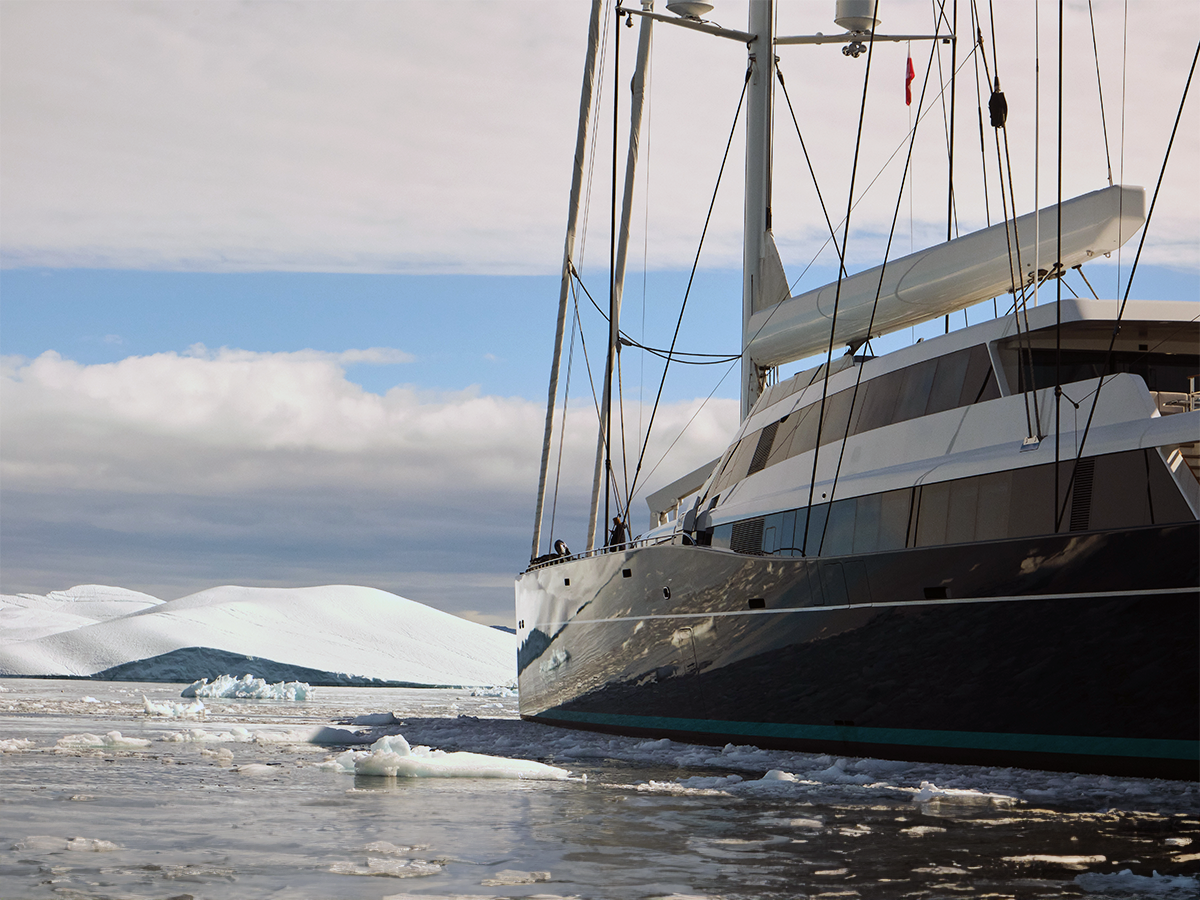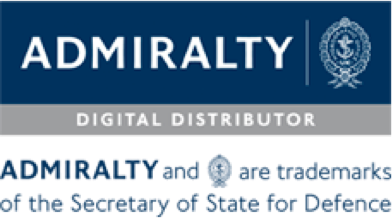Sail Yacht AQuiJo is a collaborative build by Oceanco and Vitters shipyard. Launched in 2016, AQuiJo immediately made waves as the world’s largest Ketch, boasting a length of 86 meters. However, it’s not just its size that makes AQuiJo exceptional; it’s the spirit of adventure that sets her apart from many superyachts out there.
Throughout 2023, AQuiJo embarked on a prodigious voyage through some of the world’s most captivating and challenging waters.
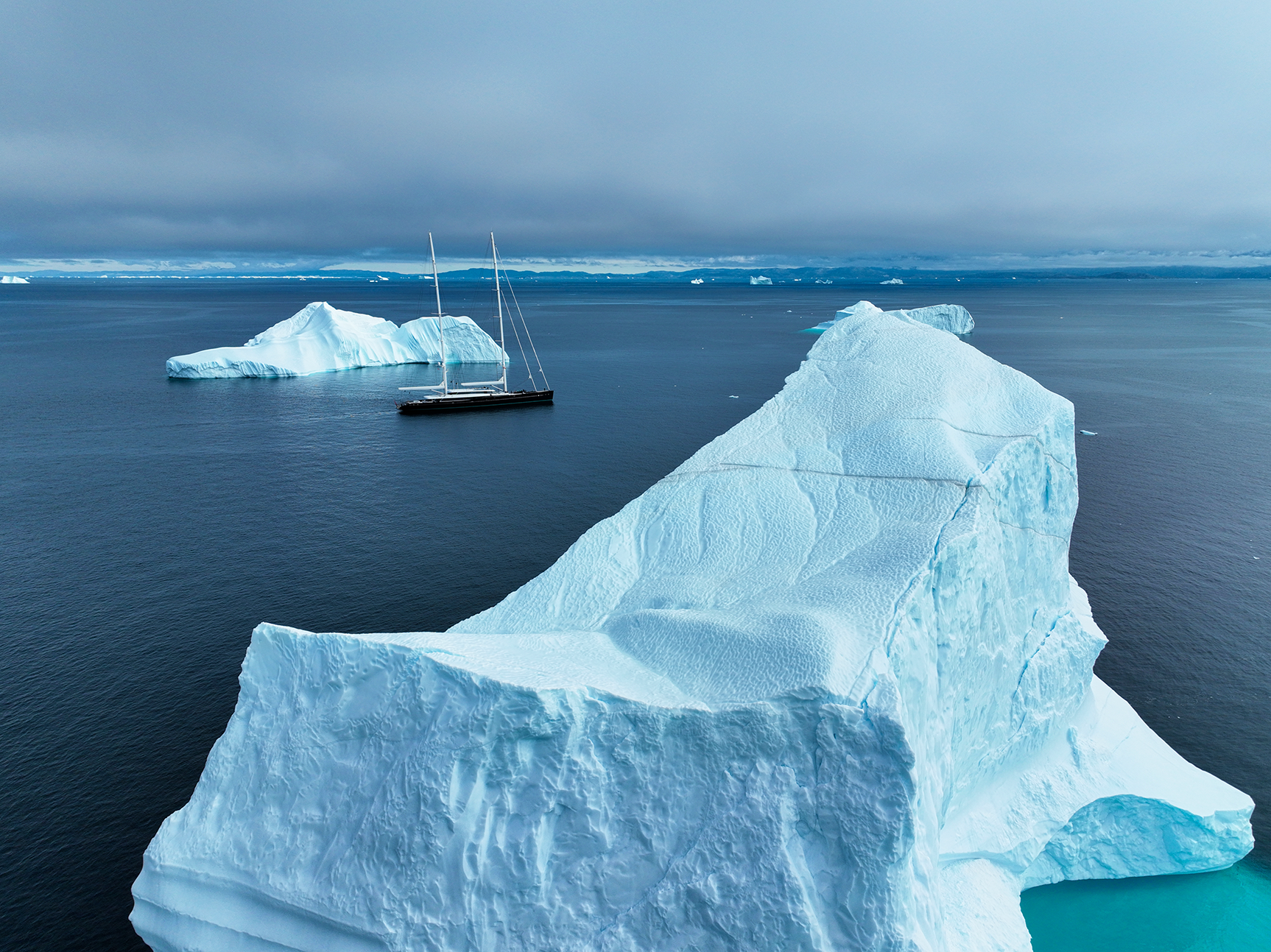
Starting from the sun-soaked Caribbean islands of Antigua and St. Lucia, she ventured up the east coast of the US, exploring Nova Scotia, Newfoundland, and Greenland. Her journey didn’t stop there – the intrepid crew courageously sailed through the perilous Northwest Passage, navigating across the Bering Sea and making a noteworthy stop in Dutch Harbour, the home of the famed Deadliest Catch fishing fleet. From there, she continued down to San Diego before returning to the sunny west coast of Mexico.
Before this ambitious expedition, AQuiJo had already charted a course through the South Pacific, visiting idyllic destinations such as Vanuatu, Fiji, Tonga, and New Zealand. She also embarked on a memorable trip from Cape Verde to Uruguay, exploring the wild beauty of Patagonia, Argentina, and the glacial Chilean Fjords.
AQuiJo was always destined to travel the world, with the owner factoring those plans in when the boat was in creation. The brief when building AQuiJo focused on three key requirements: safety, comfort and performance.
To delve deeper into the story behind the incredible 2023 voyage, we had the privilege of speaking with Chief Officer Stuart Laurie, onboard AQuiJo. Through his insights, we gained a deeper understanding of the boat, her dedicated crew, and what it took to ready the yacht for the expedition.
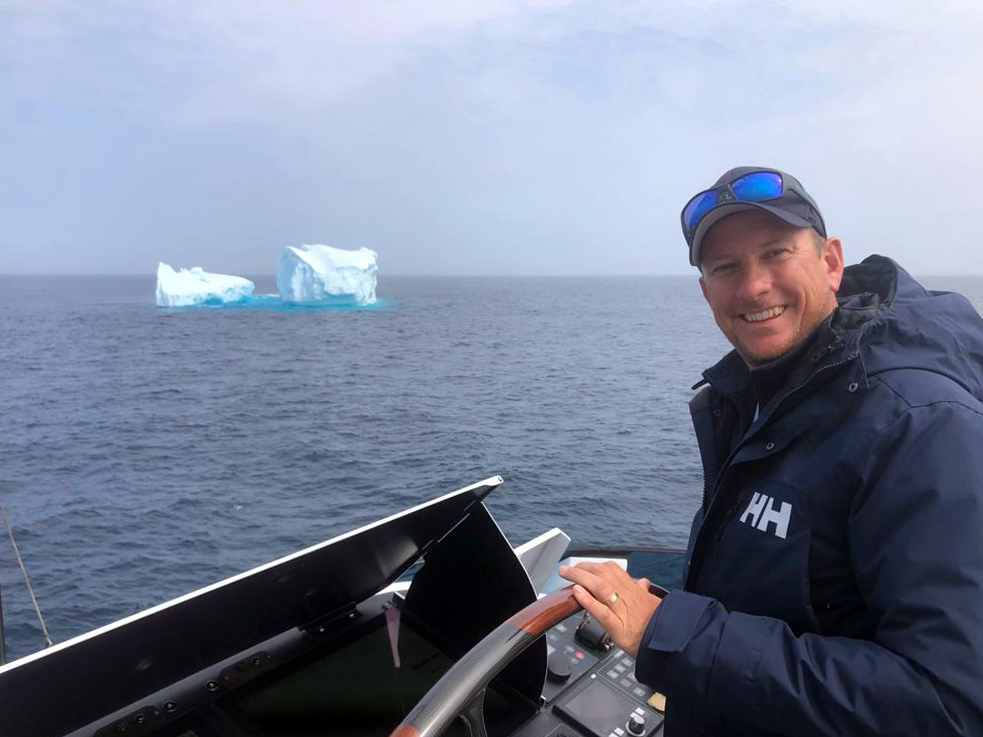
AQuiJo isn’t your traditional explorer vessel. How did she fare with this epic voyage?
C/O Laurie – Before the voyage, we spent a long time working with our management company and outside experts to produce a Polar Waters Operation Manual (PWOM), to meet the requirements set out that would allow AQuiJo to transit the passage.
Some of the extra items we had to think about:
- (PSK) Personal Survival Kit for each person (x33)
- (GSK) Group Survival Kit, for abandoning ship on to Ice (x6).
- Advanced Ice Navigation training for Bridge Officers:
Jan Persson
CEO 90 North Ice Consulting
Senior Marine Advisor & Polar Code Specialist
Cell: +46 705 51 90 33
www.90northiceconsulting.com
- SOP Standard Operating Procedures for operating in Ice conditions, i.e. How to drain the fire hydrants on deck to stop them from freezing up.
- We had to have ice hammers, salt, and crowbars onboard in case we encountered sea spray icing.
- Special considerations for ingesting ice into the sea chests, blocking cooling water to the main engines.
There are very strict rules as to when you are permitted to make the passage, and it is all dependent on the ice. There are only about 2-3 weeks of the year when the passage is completely clear of ice and, as a non-ice class vessel, we had to aim for this window. Fortunately, we also had an Ice Pilot onboard who had access to the latest ice charts and transited just at the right time – we only had to delay the journey by a week.
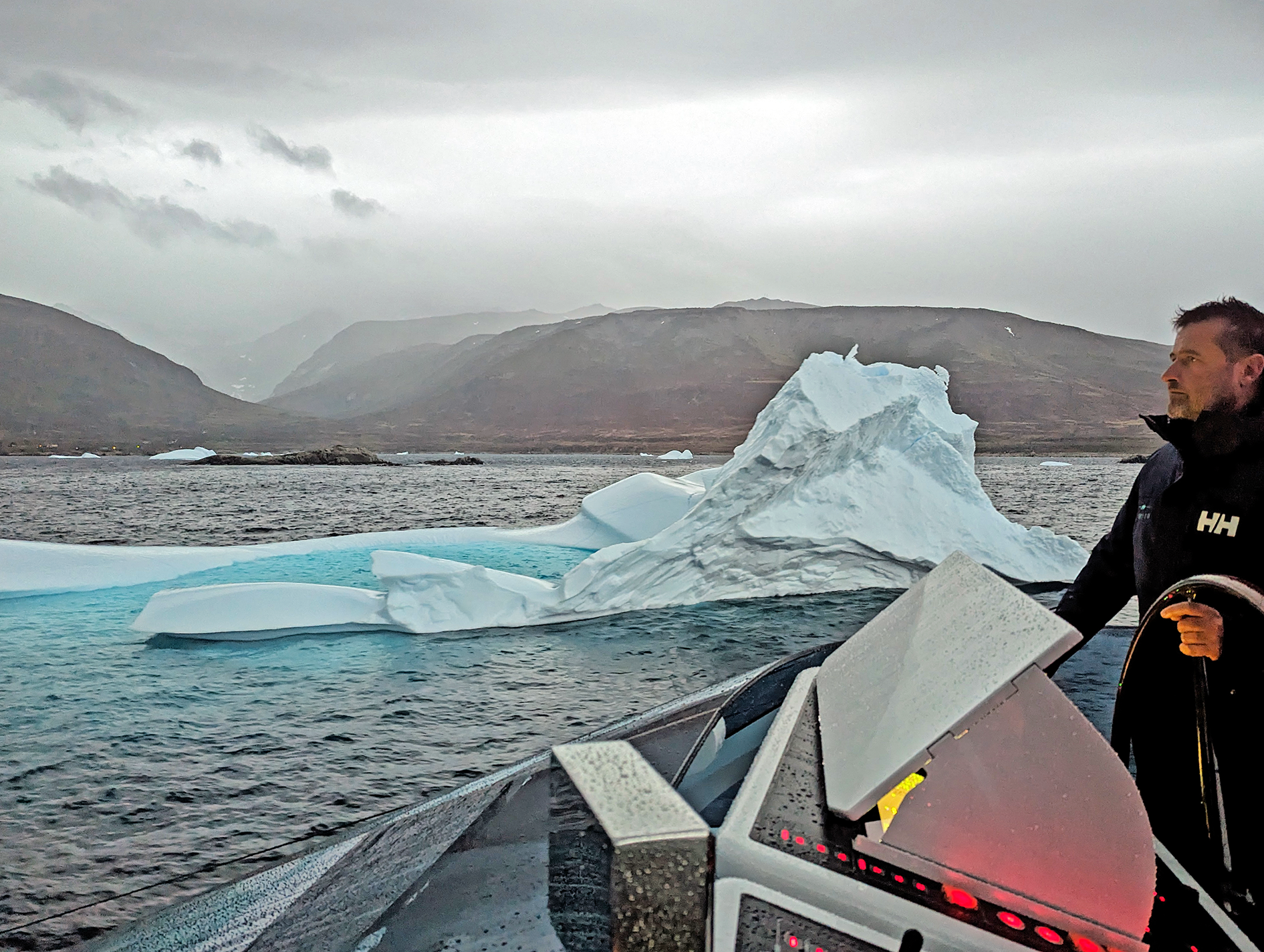
Did you have to make any different preparations than usual? How did DSNM assist?
During the pre-planning stages, we spent a lot of time working with Oli (our Yacht Manager) and the team at DSNM to ensure we had the latest up-to-date charts and publications. We are a full-ECDIS, paperless bridge, but in areas such as the Northwest Passage, it is still very basic charting available, and DSNM helped us get all the most relevant ENC, and paper charts. They even went above and beyond, stepping in when we needed a trusted company to hand-deliver crew passports to the US embassy in the UK, totally outside their remit but still willing to help.
How does navigation in these areas differ from your usual travels?
On usual routes, we generally navigate in sun-blessed parts of the world with good visibility, but as we left Maine, we started to get our first taste of thick fog. From a bridge perspective, this is something we encounter rarely and when we do, for short periods. However, the majority of Nova Scotia and Newfoundland was thick fog and wet weather and we very quickly learnt to trust our radar equipment and chart overlay. When you are navigating solely on instruments, heading into unknown anchorages for the first time, nothing beats having confidence in up-to-date and accurate charts!
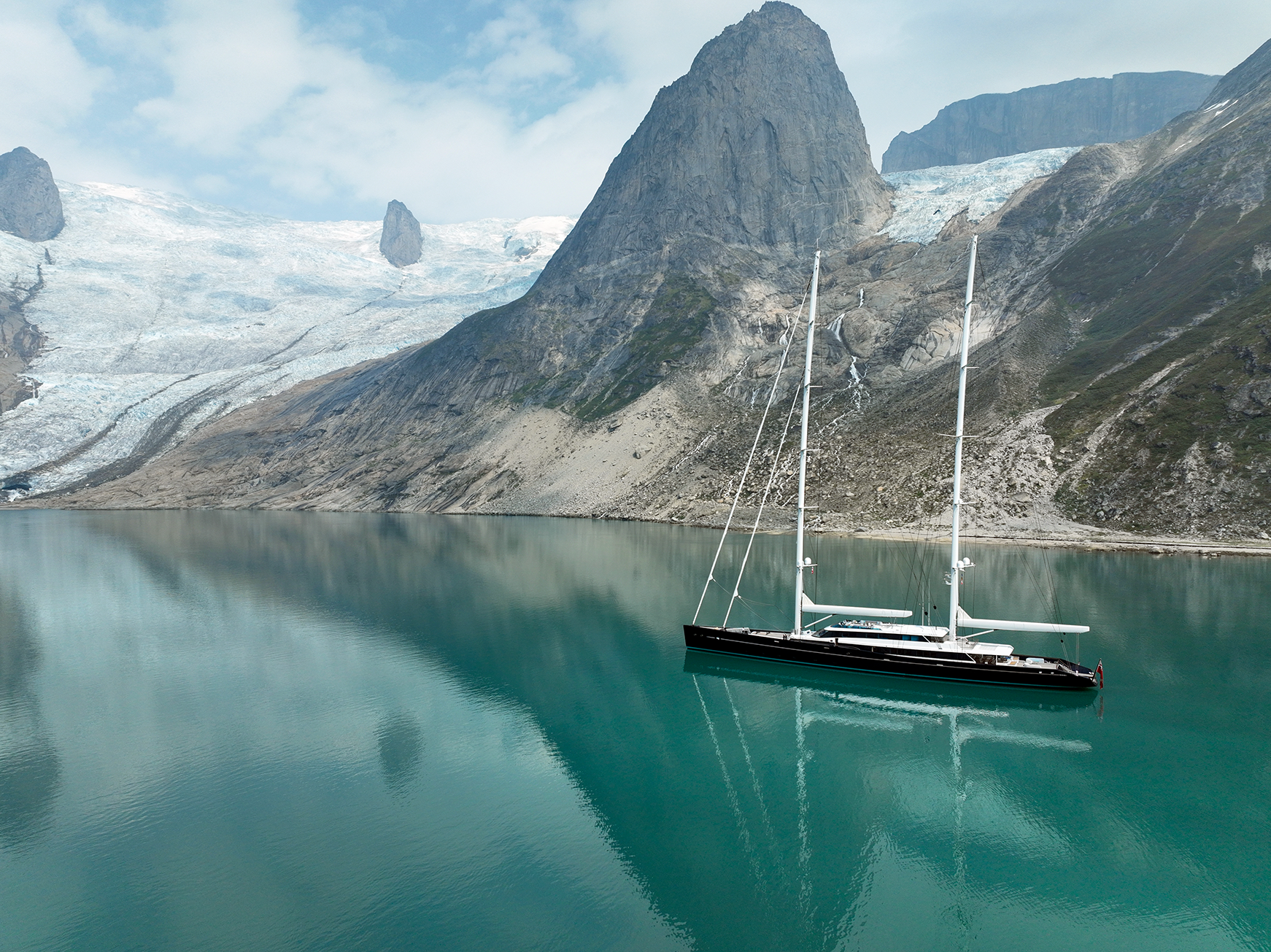
Are there any challenges when compared to travelling to the more common Caribbean and Med hotspots?
Some of the big challenges we faced were provisions for the galley. Just the pure logistics of storing enough fresh food for 30 people. We had the owner and his family, an ice pilot, an expedition tour guide, a doctor and 17 crew. The head chef and sous chef did an amazing job at keeping the crew and guests well-fed. It is such an important role – when you are cold and tired, to have top-notch food really helps to keep everyone in the best mood.
The other issue we had was the strict rules for discharging garbage, for example, from Newfoundland to San Diego, nothing left the ship. We had strict rules to ensure all waste was clean and crushed, and that food waste was kept to a minimum. When we reached San Diego, we had all the garbage removed by a specialist company.
Does this sort of expedition bring the crew together?
There is no doubt that being on board for 3 months straight, either at anchor or underway, is challenging and there are going to be days that test you, especially for the non-rotational crew. But in the end, when you look back at the harder days, they are usually the ones you remember the most. We are very lucky that the owner of the vessel and his family are so nice and took every opportunity to ensure that all departments had a chance to go on shore excursions.
Yes, doing a trip like this does bring you together and towards the end, you are a family.
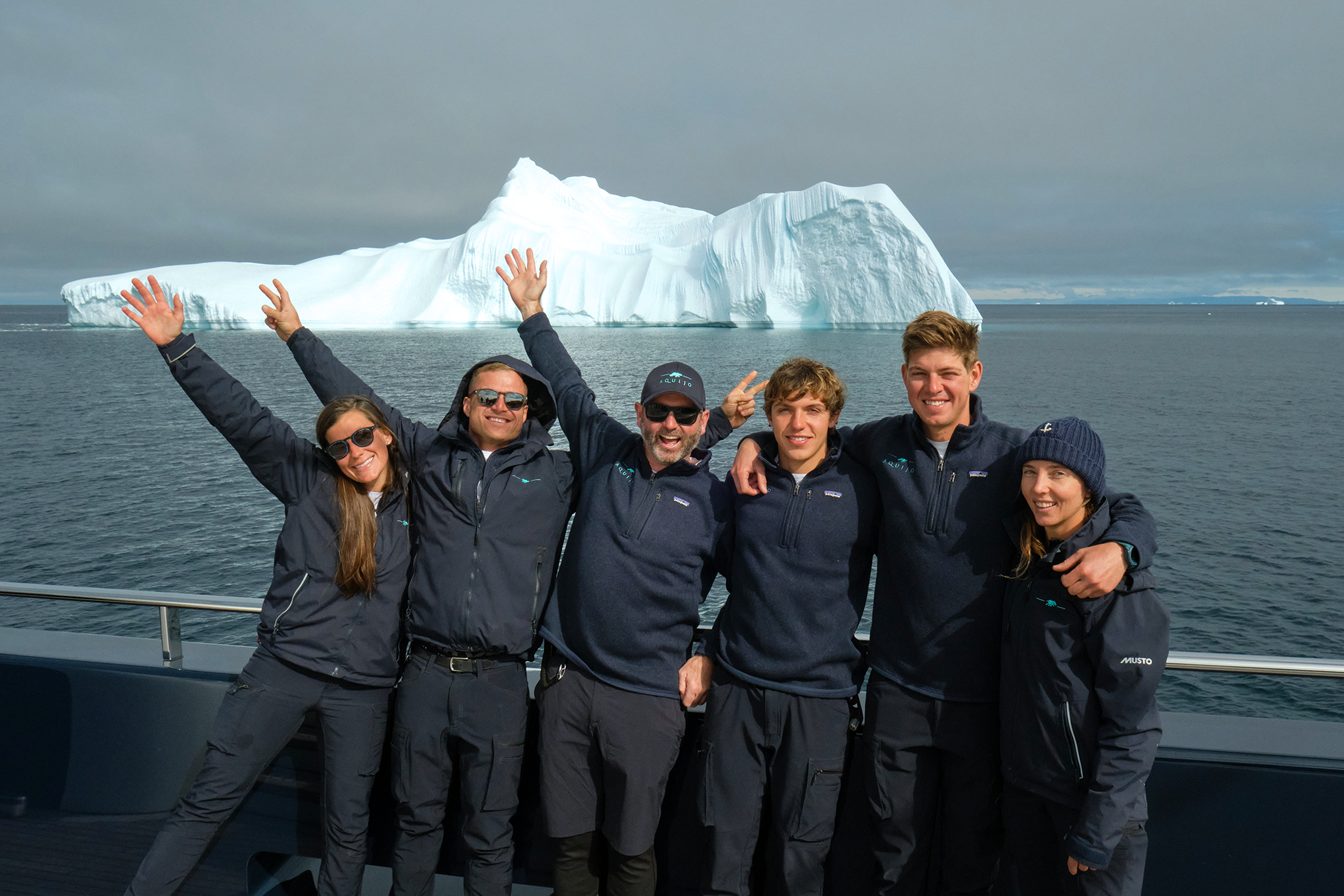
Do you think the opportunity to travel to these obscure areas is more appealing to crew?
Being a sailing vessel with an exciting itinerary, we attract crew with the love of travel and adventure. The NWP is one of the least travelled routes in the world – AQuiJo is only the 359th vessel to ever transit the passage over the past 120 years, and that includes fully ice-classed vessels. There has only been a handful of superyachts even attempt to do the transit – if that’s not adventure, I’m not sure what is.
Again, it is such a privilege to have been part of this trip. The real thanks go to the owner for having the sense of adventure that many other vessel owners are missing.
Do you think it encourages crew to stay with a boat longer?
AQuiJo has always been a world-travelling vessel and aims to keep crew and promote from within. That is certainly true for the now rotation Captain who started as Deckhand! The Chief Engineer has been with the vessel from build and all other HODs have been with the vessel for over 2 years. Crew retention is always beneficial for a vessel and its owner, and I think an exciting itinerary certainly helps with this.
Which location has been your favourite/the crew’s favourite so far? Were there any Standout moments?
Seeing polar bears, whales and icebergs the size of buildings is an unforgettable experience, as well as swimming up to and standing on an iceberg in your board shorts with a water temperature of 3 Degrees Celsius!

For me personally, the lower part of Greenland stands out. We had been cruising the fjords for the first five days and there were a lot of icebergs, even the ice pilot was surprised at the amount and size we were encountering. We attempted to make our way out of the fjords into open water, but the sea ice was blocking our route. Being that we are not ice class in any way, this was not for the faint-hearted! Even gently pushing through ice flows was something else, the sound of ice scraping on the hull is enough to keep anyone awake! We spent the whole night gently trying to find a route out of the ice flows but to no luck. We eventually encountered an ice-class cargo vessel and together with another cruise ship, the Norwegian Star, which was also stuck and non-ice class, we followed in convoy, with the cargo vessel pushing larger icebergs out of the way – all part of the adventure!
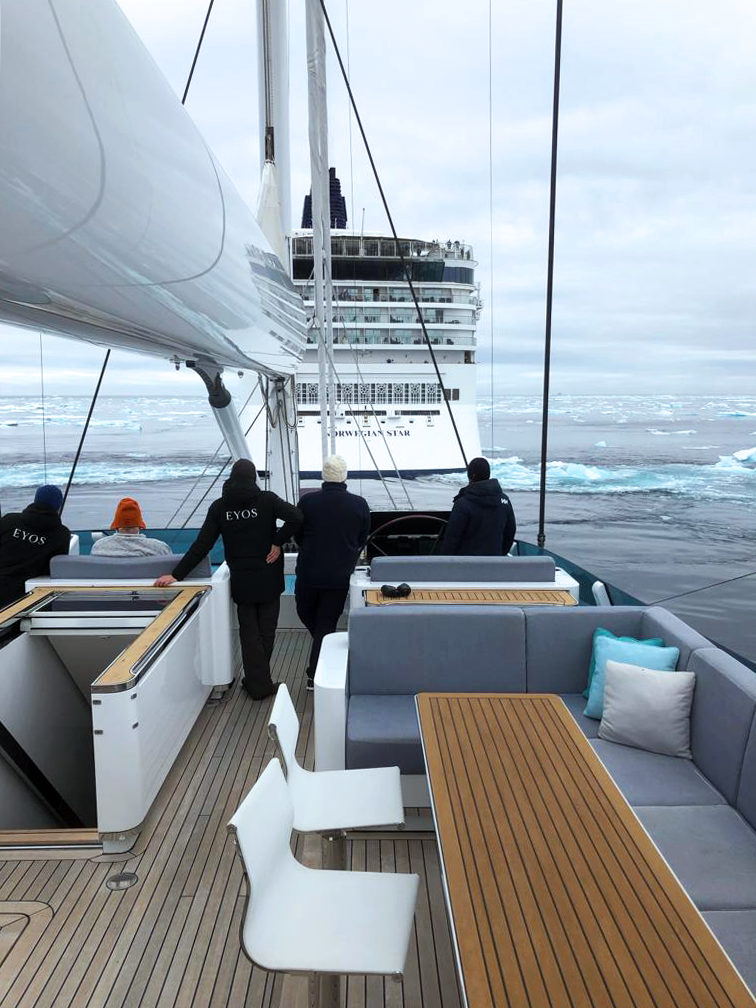
What’s next for AQuiJo?
We don’t want to give anything away, but we have exciting things coming up after a little well-deserved rest and refit in the yard. You’ll have to stay tuned to our Instagram page to see what we get up to next.
With thanks to Chief Officer Stuart Laurie and the crew of AQuiJo.
To follow AQuiJo and their adventures head to Instagram – https://www.instagram.com/syAQuiJo
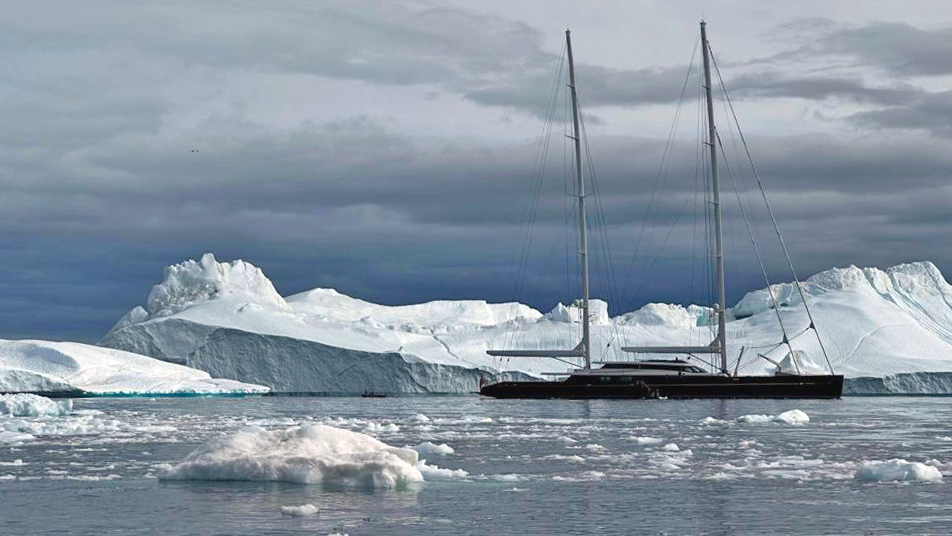
All images in this blog are courtesy of the AQuiJo crew.

